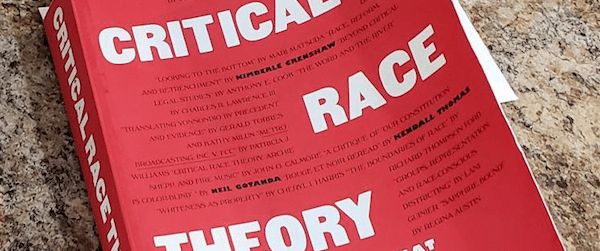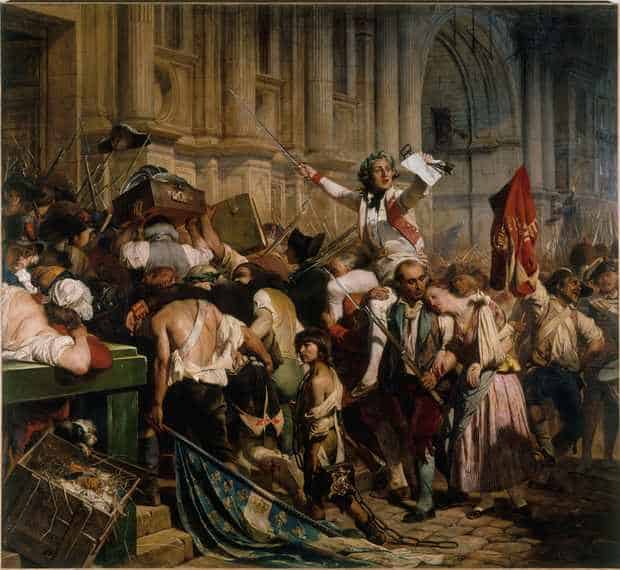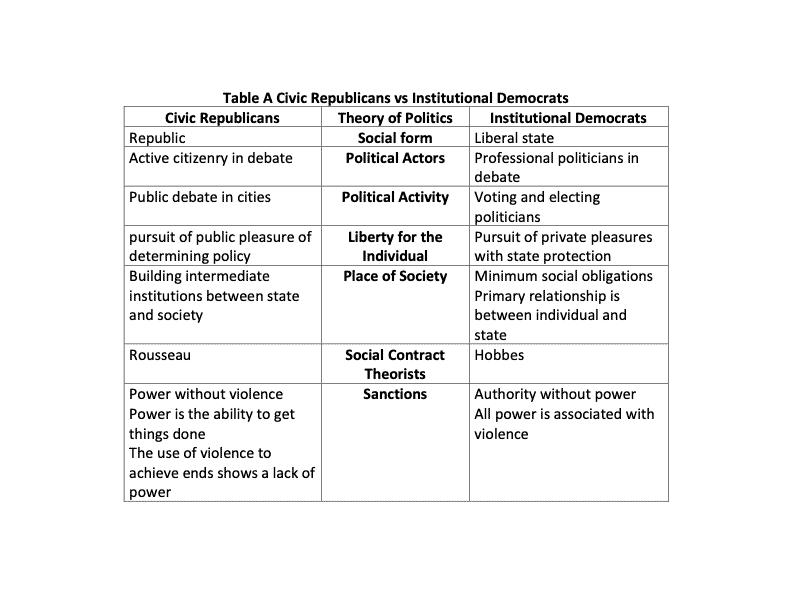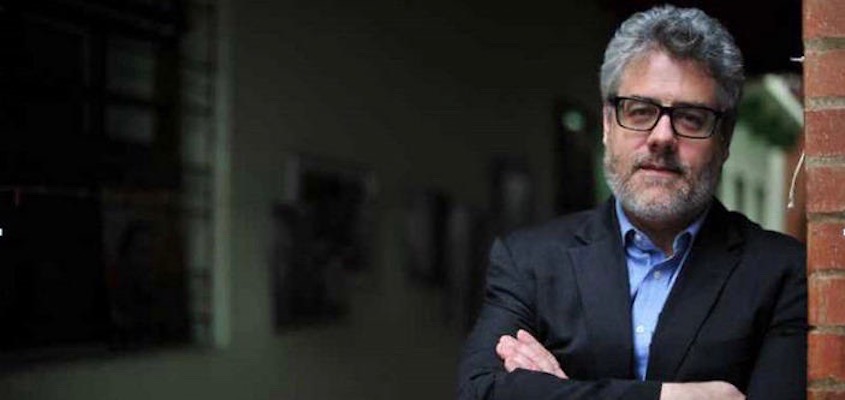Shades of Green
By Jim Miles
OpEds

Annamie Paul at the podium.
Election Non-event
Canada’s recent election proved mostly that Canadians are more or less set within their provincial agendas. The ruling Liberals gained three seats, the Conservatives stayed the same, the Bloc Québecois gained two, the Greens lost one, and the NDP gained one. (There were five independents before the vote). In sum, nothing changed, a lot of money was wasted - or contrarily contributed to the GDP generously. The main excitement concerned the Green Party and its internal squabbles - arguments that in themselves reveal a fair bit about the Greens and a fair bit about Canadian identity politics.
The Greens campaigned with a new leader, Annamie Paul, who personifies three degrees of identity politics: a woman, a black, and a Zionist Jew. Her main problem was the latter, her full-on support of apartheid Israel - she did not put it in those terms, but she did proclaim herself to be Zionist, and that is where the party split in spite of her attempts to deflect the problem to racism and misogyny. While there are elements of racism and feminism, Zionism was the focal point. The end result was a party torn apart by its internal attempts to control different factions.
The Greens officially support the two-state solution, recognizing that chances for achieving such are rapidly diminishing. Their program [https://www.greenparty.ca/en/sgm-2016/voting/resolutions/s16-p013]
is quite progressive compared to the two main parties (Liberals and Conservatives), quite similar to the NDP position, and was decided on within a membership vote. Beyond that, a set of polls by IJV, UNJPPI, and CJPME of Canadians [https://www.cjpme.org/survey2020_r3] demonstrate that the majority of Canadians are supportive of some form of sanctions against Israel, the upholding of the several UN declarations, the application of humanitarian and war law, and support the intervention of the ICC.
You cannot be green if….
The problem some of the greens demonstrate is a lack of understanding of how geopolitics shapes their “green-ness”. In a recent internet column, a number of comments indicated that the party should stick to only environmental issues and not become involved with other issues or issues outside Canada. Unfortunately, that is not possible if the workings of the current geopolitical setup are understood clearly.
In general geopolitical terms, being “green” is denied by several factors.
First, if you support settler colonialism and its impact on the environment and on the indigenous people then you are not green. Settler colonialism is a racist extractive system that destroys one set of people and applies restrictions on their usage of the environment even though, as indigenous people, they understand their own environment much better than the colonialists.
Indigenous rights in Canada, while receiving much commentary currently, are still subject to the racist Indian Act incorporated into the Constitution, and are still subject to military-style interventions to support corporate extraction over the objections of the indigenous people on their unceded territory. Israel is a colonial settler state, with parallel laws limiting indigenous activity while maintaining military control over the Palestinians and annexing and using the land and water resources for their own profit and benefit.
If you support the military it is impossible to be green for various reasons. As above, militaries are used mainly to support corporate powers and their allied governments in order to extract materials and profits from indigenous territories. Importantly as well, militaries are the largest institutional users of carbon energy and dangerous chemicals in the world. Regardless of a personal belief in the current mantra’s of “terrorism” or “aggression” by ‘others’, it becomes cognitive denial to then side with the Greens.
Obviously related to all this is the economy in general. Neoliberal economics operates on an extractive profit motive - it is definitely not green. The externalities of corporate extraction - pollution, damage to land and water resources, the destruction of inidigenous farmland/resource lands, necessitating a turn to wage-slave status or worse - are never accounted for when costs and profits are tallied. Israel and its military industries operate within this paradigm, trading their expertise (”field-tested”) to countries around the world, with ordnance, hardware, and security applications. Many of their companies profit from cheap Palestinian labour within the West Bank, and the externalities as indicated, are imposed on Palestinian land.
Most of the above refers to an industrial economy where something is actually produced. A form of neocolonialism takes place with the modern financialized economy where profits are made through the rentier extraction of money from the majority through our current system of debt obligations. The structural adjustment programs imposed on much of the developing world and its resultant austerity and debt problems are designed to keep those countries locked into financial subservience to the Washington consensus of financial institutions - the IMF, World Bank, BIS, et al. Domestically, a financialized economy exists where governments subsidize industry leaving the citizens to contend with their domestic consumer/debt problems.
More directly concerned with the Green Party is Canada’s foreign aid. Part of this foreign aid is designated to the PA for training its ‘police’ within its role as supporting Israel’s suppression of the Palestinian people. Beyond that, much of Canada’s foreign aid is used in order to support Canadian corporations, many of them destructive mining operations, working within third world countries. [https://yvesengler.com/2021/05/09/ugly-canadian-mining-policies-continue-with-trudeau/ [1] ]
Shades of green
In order to be green without cognitive dissonance, the above concerns need to be addressed. Only a cognitive dissociation will allow a “green” to support our current political-financial-military-industrial system of for-profit corporate power. For Canada’s Green Party to be led by a Zionist is contradictory to both the official party line and creates possible dissonance to an individual member’s comprehension of global geopolitics.
[1] While this article criticizes Trudeau specifically, the Conservatives also support this system
The views expressed herein are solely those of the author and may or may not reflect those of The Greanville Post. However, we do think they are important enough to be transmitted to a wider audience.
If you find the above useful, pass it on! Become an "influence multiplier"!
The battle against the Big Lie killing the world will not be won by you just reading this article. It will be won when you pass it on to at least 2 other people, requesting they do the same.
| Did you sign up yet for our FREE bulletin? It's super easy! Sign up to receive our FREE bulletin. Get TGP selections in your mailbox. No obligation of any kind. All addresses secure and never sold or commercialised. |
![]()
This work is licensed under a Creative Commons Attribution-NonCommercial 4.0 International License














